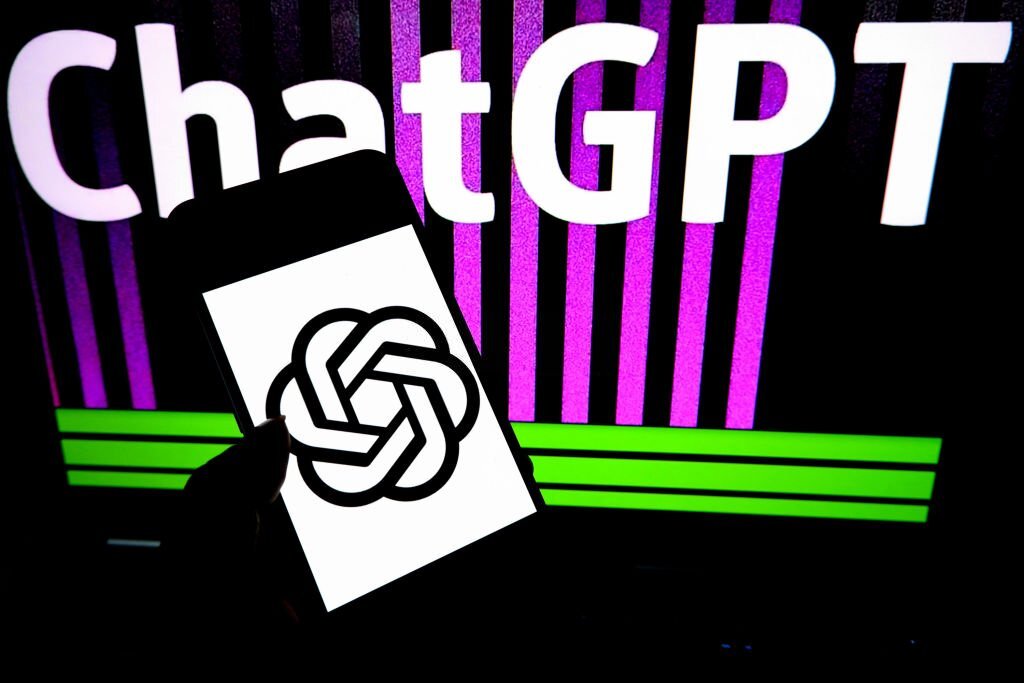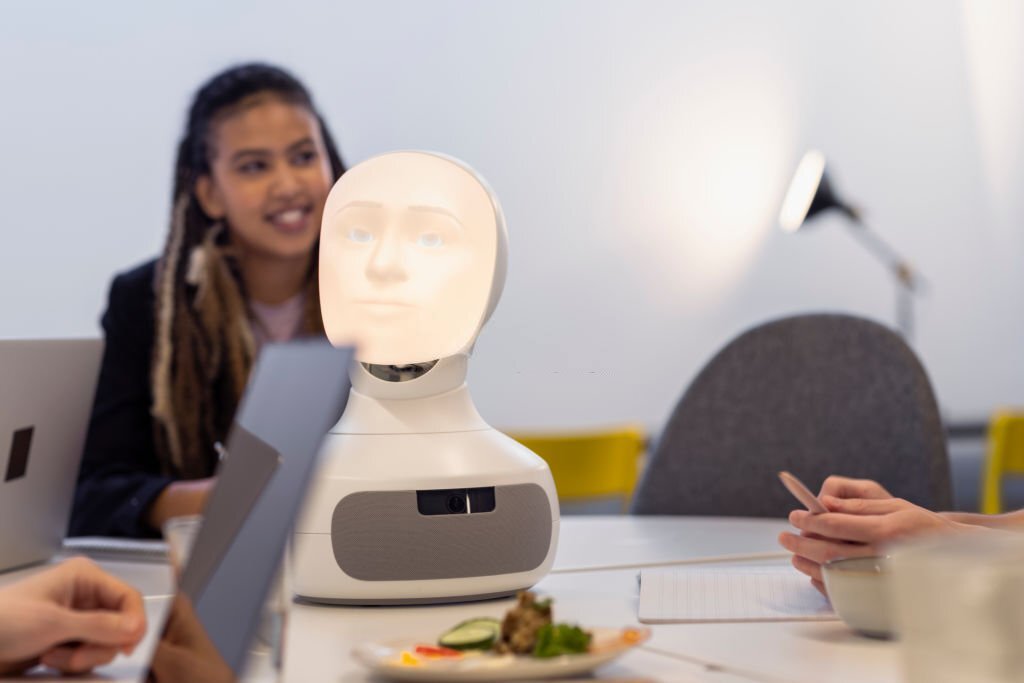Exploring artificial intelligence (AI) has a number of basic challenges, including natural language processing (NLP). In order for robots to connect with humans in a more organic and intuitive manner, they must be taught to comprehend and produce human language.
The development of machine learning and deep learning over time has greatly aided NLP. Neural network models that learn from a lot of text input have supplanted early efforts to codify grammar rules and lexicons. These models have developed through time, and now they are capable of carrying out a variety of natural language tasks, including as question-answering, text summarization, and language translation.
The state-of-the-art language processing model GPT-3 (Generative Pretrained Transformer 3), created by OpenAI, is one of the most recent and spectacular instances of this development. The AI community has paid close attention to GPT-3 because of its outstanding skills and enormous size (175 billion parameters).
As a sort of language model, GPT-3 is taught to anticipate the next word in a given string of text. As a result, it may produce cohesive language that flows naturally. GPT-3, however, is far more capable than merely text generation. Moreover, it is capable of carrying out a variety of natural language activities, including question-answering, summarizing, and translating.
The capacity of GPT-3 to adapt to new domains and tasks without the need for fine-tuning or retraining is one of its fundamental characteristics. This implies that it may be used to a wide range of applications, including sentiment analysis and chatbots as well as virtual assistants and content development.
Moreover, it has been shown that GPT-3 produces writing that is hard to tell from a text produced by a person. This makes it a useful tool for both corporations and organizations looking to automate language-based processes as well as scholars looking to study and comprehend the subtleties of human language.
Overall, GPT-3 marks a significant advancement in AI and natural language processing. It is a useful tool for both academics and developers because to its versatility and capacity to produce text that resembles human speech. We may anticipate seeing even more remarkable language models, like GPT-3, that can help us realize the full potential of human language as AI develops.
GPT-3 presents intriguing prospects for businesses in addition to its potential uses in research and development. Startups may use GPT-3 in the following ways to develop ground-breaking goods and services:
Virtual helpers:
GPT-3 can be used to make virtual assistants that can understand and answer questions in natural language. This could help a wide range of businesses, such as those in e-commerce, customer service, travel, and hospitality.
Creating content
GPT-3 has the ability to produce text that sounds like human speech, which may be helpful for businesses that need to produce a lot of material rapidly and effectively. For the purpose of creating articles, blog posts, and social media content, a company that operates a content marketing platform might use GPT-3.
GPT-3 can be used to figure out how people feel about the text, which could be helpful for businesses that want to track and understand how customers feel. For example, a company that runs a platform for customer feedback could use GPT-3 to automatically sort and rate user feedback.
Do you pass the Turing test?
What professions require taking one piece of text, altering it, and outputting a different piece of text? is one method to approach the question. stated Branwen. “Any position that fits that description—including medical coding, billing, receptionists, customer assistance, [and more]—would be a suitable candidate for fine-tuning GPT-3 on, and that individual would be a good target for replacement.” Many jobs involve “copying fields from one spreadsheet or PDF to another spreadsheet or PDF.” This kind of office automation is too disorganized to be easily replaced by a regular program, but GPT-3 could do it just as well as a human would.
Language conversion
Language translation can be done using GPT-3, which might be helpful for firms that operate in international marketplaces. GPT-3 could be used by a company that runs a website or app in more than one language to automatically translate user-generated content.
Final Verdict
GPT-3 has a lot of possibilities for entrepreneurs who want to use AI to create new products and services. Startups may fully use the power of human language by using this cutting-edge language model, and they can provide their clients with brand-new and thrilling experiences.









